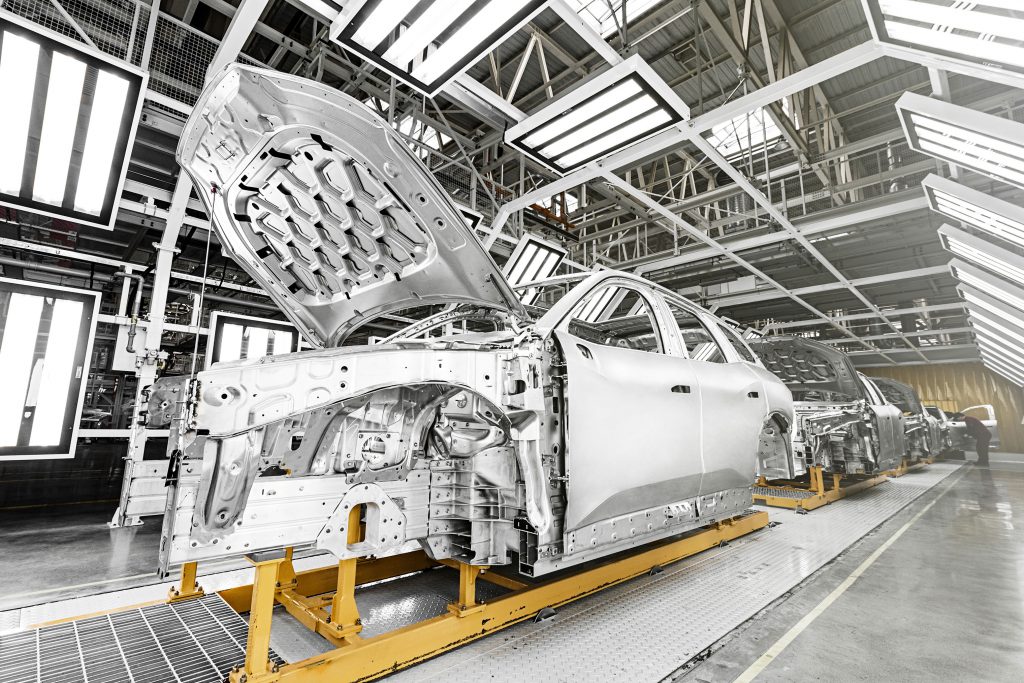In recent weeks, the financial landscape has been stirred by President Donald Trump’s announcement of impending tariffs on U.S. auto imports. This move, set to take effect on April 2, has raised concerns among analysts regarding its potential ripple effects on the demand for industrial precious metals, particularly platinum and palladium. As these metals play a crucial role in the automotive industry, understanding the implications of these tariffs is essential for investors, manufacturers, and consumers alike.
Understanding the Role of Platinum and Palladium
Platinum and palladium, along with rhodium, are classified as platinum group metals (PGMs). These metals are integral to the automotive sector, primarily used in vehicle exhaust systems for gas, diesel, and hybrid vehicles. Their primary function is to reduce harmful emissions, making them vital for compliance with environmental regulations. Given that the auto sector accounts for nearly 40% of platinum demand and a staggering 80% of palladium consumption globally, any disruption in vehicle sales can significantly impact the market for these precious metals.
The Tariff Announcement and Its Implications
President Trump’s tariff proposal aims to impose levies on imported automobiles, which would inevitably increase the cost of these vehicles for American consumers. As a result, analysts predict that the demand for platinum and palladium could decline sharply. Zain Vawda, a market analyst at MarketPulse by OANDA, anticipates a 1% drop in global platinum demand, equating to approximately 102,000 ounces, and a 4% decrease in palladium demand, or around 364,000 ounces, if the tariffs are enacted.
The rationale behind this decline is straightforward: higher vehicle prices due to tariffs could deter consumers from purchasing new cars. As David Whiston, an equity strategist at Morningstar, points out, American consumers are likely to hesitate when faced with the prospect of paying more for vehicles impacted by tariffs.
The Broader Economic Context
Tariffs typically lead to inflationary pressures, which can keep interest rates elevated and potentially slow economic growth. This broader economic context is crucial in understanding the potential decline in demand for PGMs. As consumers face higher costs across various sectors, discretionary spending may decrease, further dampening vehicle sales and, consequently, the demand for platinum and palladium.
The Dependency on Imported Parts
The U.S. auto industry is heavily reliant on imported parts and fully assembled vehicles, particularly from neighboring countries like Canada and Mexico. According to Barclays, Mexico supplies up to 40% of the parts used in U.S. vehicles, while Canada contributes more than 20%. Notably, German auto giant Volkswagen manufactures about three-quarters of its North American fleet in Mexico. This intricate supply chain means that any disruption caused by tariffs could have far-reaching consequences, not only for vehicle sales but also for the demand for PGMs.
Potential Market Reactions
The immediate market reaction to the tariff announcement was telling. On February 19, the day after Trump’s announcement, spot platinum and palladium prices fell by more than 2%. Since then, these metals have continued to decline, with platinum dropping approximately 5% and palladium around 7%. This downward trend reflects investor sentiment regarding the potential for reduced demand in the face of higher vehicle costs.
Conclusion: Navigating Uncertainty
As the automotive industry braces for the potential impact of tariffs on vehicle sales, the outlook for platinum and palladium remains uncertain. With analysts predicting a significant decline in demand for these precious metals, stakeholders in the automotive and investment sectors must remain vigilant. The interplay between tariffs, consumer behavior, and market dynamics will be critical in shaping the future of PGMs. As we move closer to the proposed implementation date, all eyes will be on the auto industry and its ability to adapt to these new economic realities.




